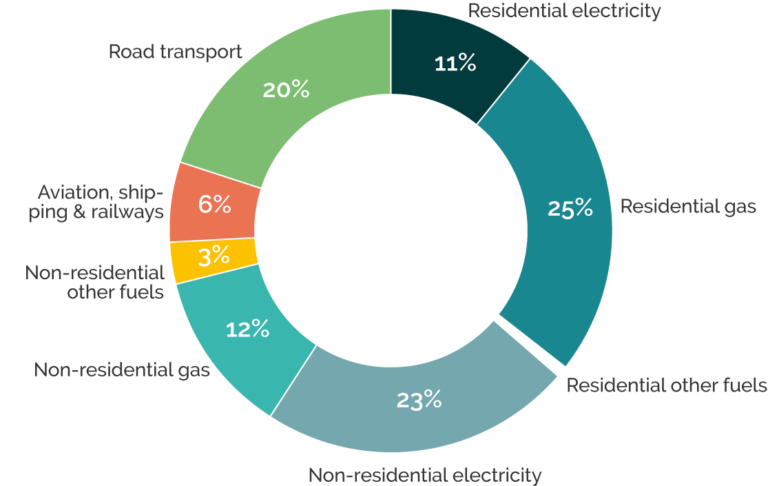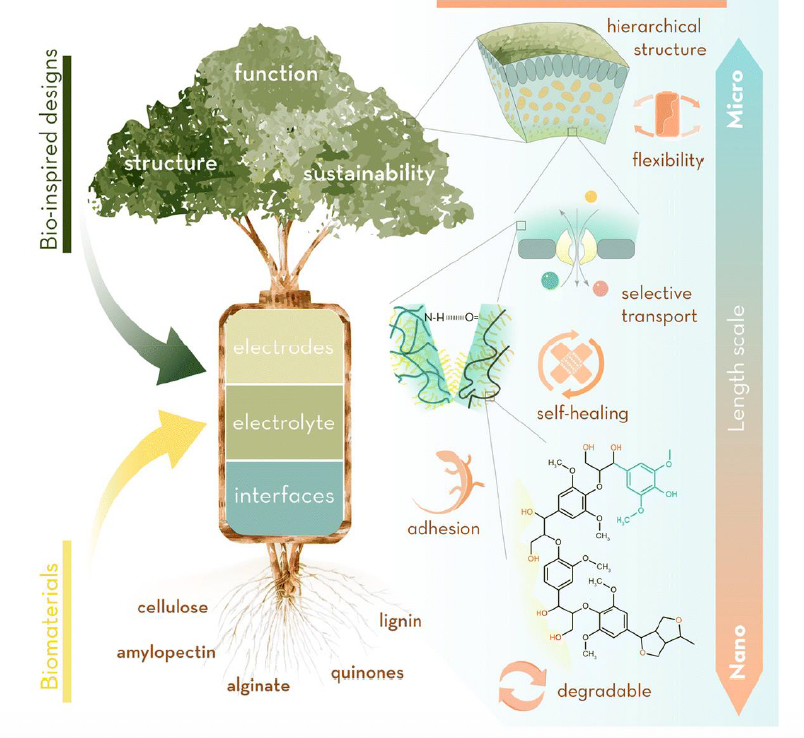
Existing and future technologies for retrofitting the UK housing stock – CREDS
This report was prepared by Philip Steadman at the UCL Energy Institute, as part of a project to advise Islington Council on getting their social housing stock to net zero by 2030. For this reason, there is some focus on London. The paper gives an account of existing carbon reduction and energy efficiency technologies, options to retrofit the existing housing stock, and the anticipated technologies expected to come to market over the next 10 years. It does not make specific recommendations, but discusses the pros and cons of available technologies in general terms.
1. Achieving net zero emissions from dwellings
‘Carbon net zero’ means that the total emissions of carbon added to the atmosphere are no greater than those removed. For the housing stock this will be achieved by the combination of two processes of change, the first in the energy supply system, the second in dwellings themselves. Energy supplies need to be decarbonised, by phasing out the direct burning of coal, oil and natural gas; phasing out electricity production from these fuels; and moving to the generation of electricity from wind, solar, nuclear and other low-carbon sources.
This task of decarbonisation energy supplies is moving fast. Wind power has grown from providing 2% of the UK’s electricity supply to 18% over the last ten years. On Easter Monday 2021 – in unusual circumstances – 60% of electricity used in the country was generated from wind and solar, and a further 16% from nuclear. The process is being propelled not just by climate change policy but by rapid continuing falls in the costs of wind turbines, photovoltaic panels and batteries. Meanwhile the gas supply network to buildings will be either phased out, or possibly converted to carrying hydrogen or other ‘green gases’ whose combustion releases no carbon. On present trends however, there is little prospect of the national UK energy supply system being fully decarbonised by 2030.
The future of national energy supplies will create the context for local decisions, for example by local authorities, and will affect the costs and benefits of different options for housing retrofits. Once a major shift is made towards electricity for delivering heat, alongside a transition to electric cars, there may be national or regional problems with the capacity of the electricity grid.
The second part of the route to carbon net zero in houses and flats is to ‘decarbonise heat’, either by converting heating systems to electricity or by moving from natural gas to ‘green gases’. Space heating and water heating are the largest end-uses of energy in housing, and at present these mostly burn gas. Figure 1 shows greenhouse gas emissions in London by sector in 2017 (London Energy and Greenhouse Gas Inventory 2021). Over a third of total emissions (36%) come from the residential sector; and within dwellings, two-thirds of emissions come from natural gas. Then there are lighting, domestic appliances and other equipment using electricity.

Figure 1: Greenhouse gas emissions in London by sector. Data from LEGGI 2017, diagram redrawn from Carbon Trust 2020.
The decarbonisation of heat can be complemented and supported by reducing the overall energy demand of houses, in three ways. The first is to upgrade the fabric of dwellings by the insulation of roofs and walls, and by moving from single glazing to double or triple glazing, so reducing heat losses. The second is to use more efficient appliances, and control energy use better. The third is to generate energy from renewable sources locally at the dwelling or estate scale, for which the most promising technology in cities is photovoltaic (PV) installations on roofs. These measures in combination can lower the heat demand, and lower the demand for electricity for lighting and equipment.
Read the full article here.













